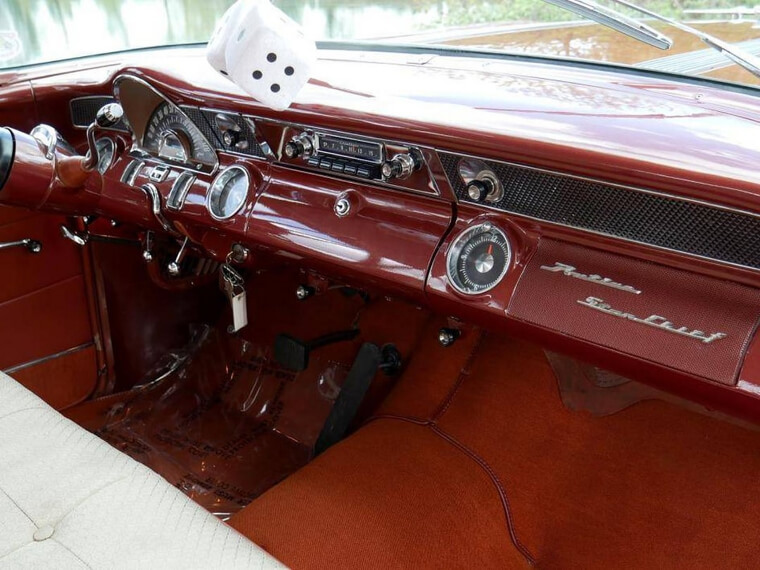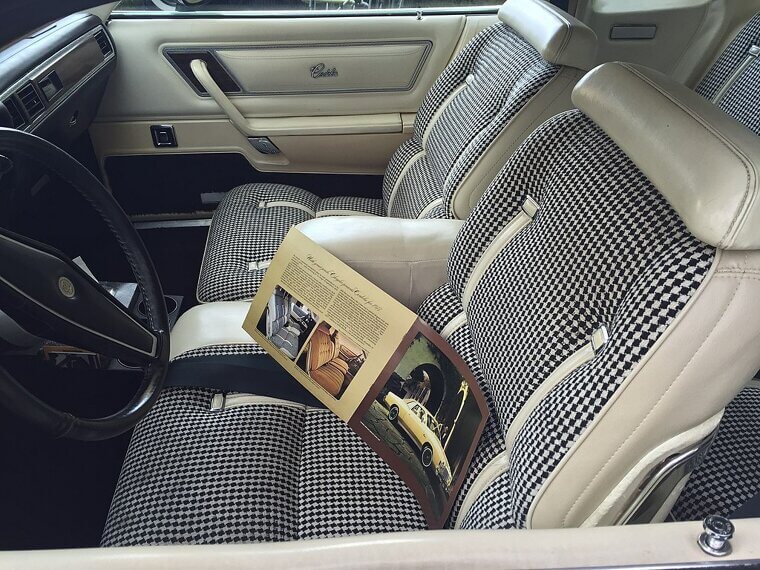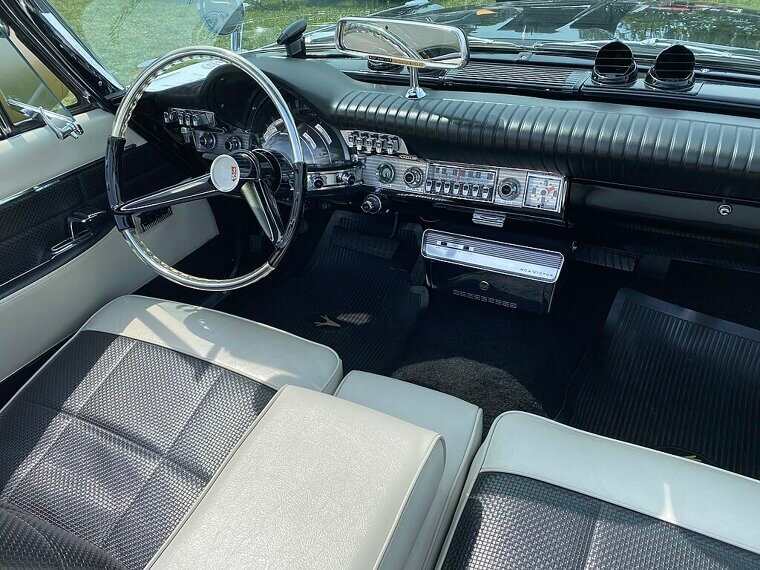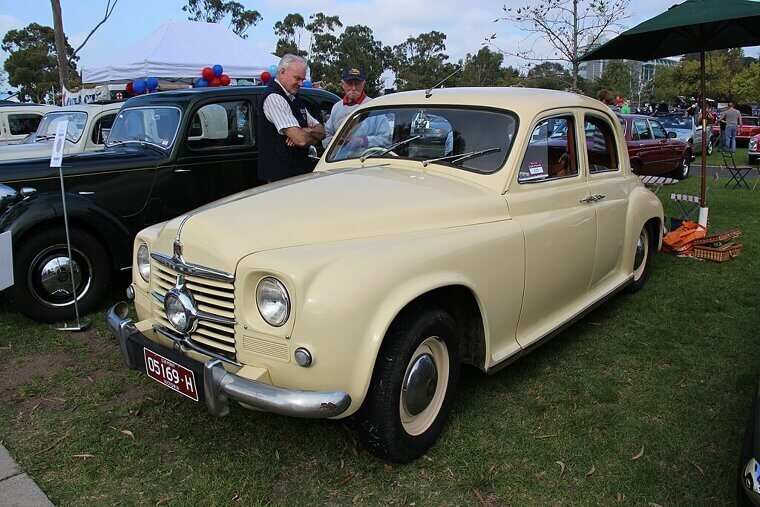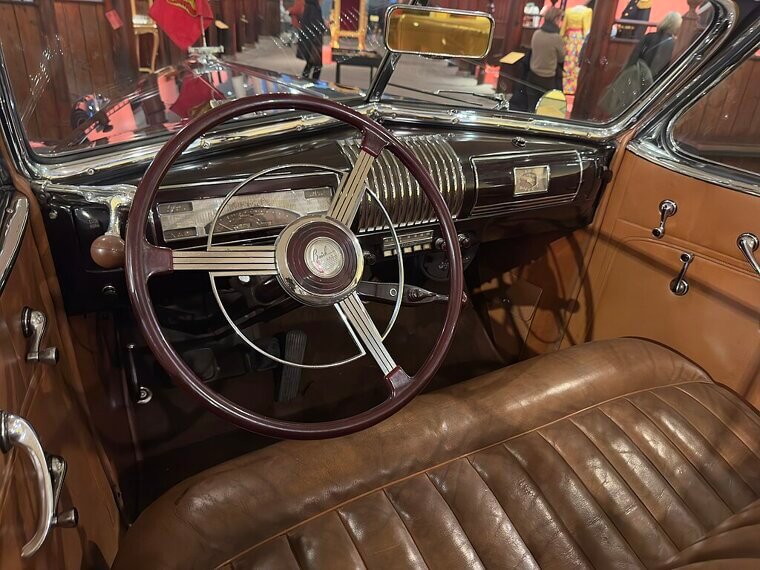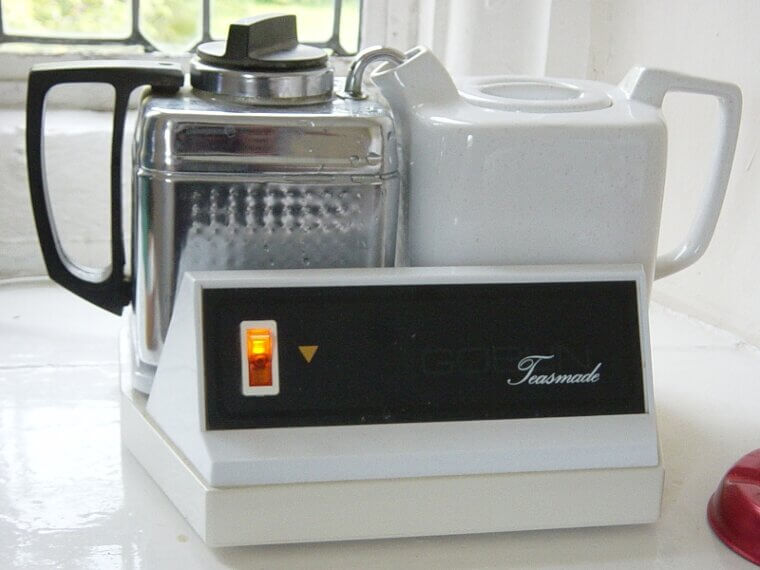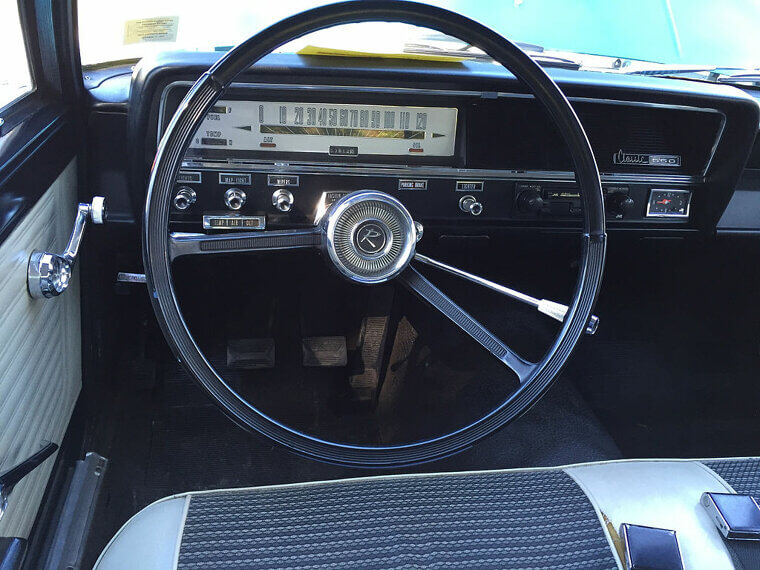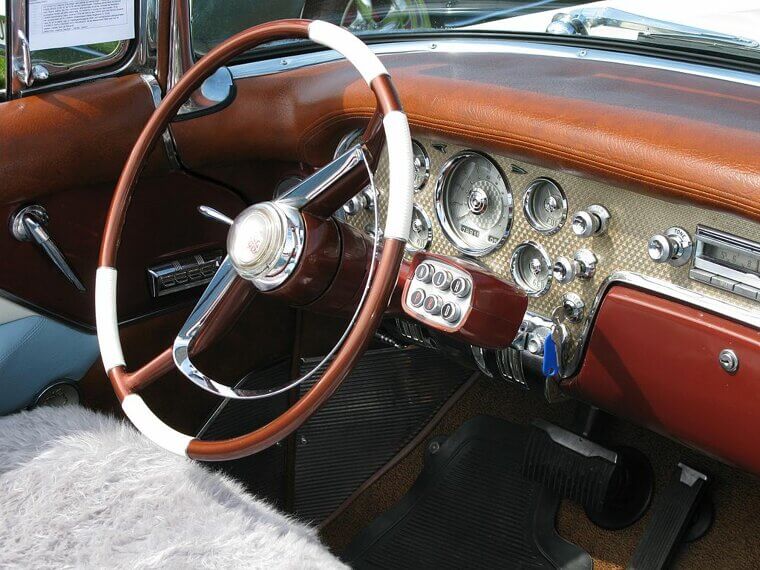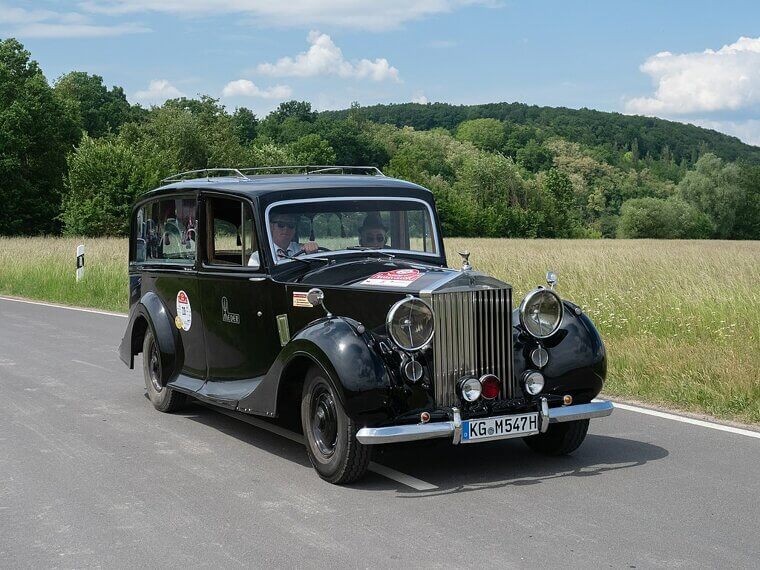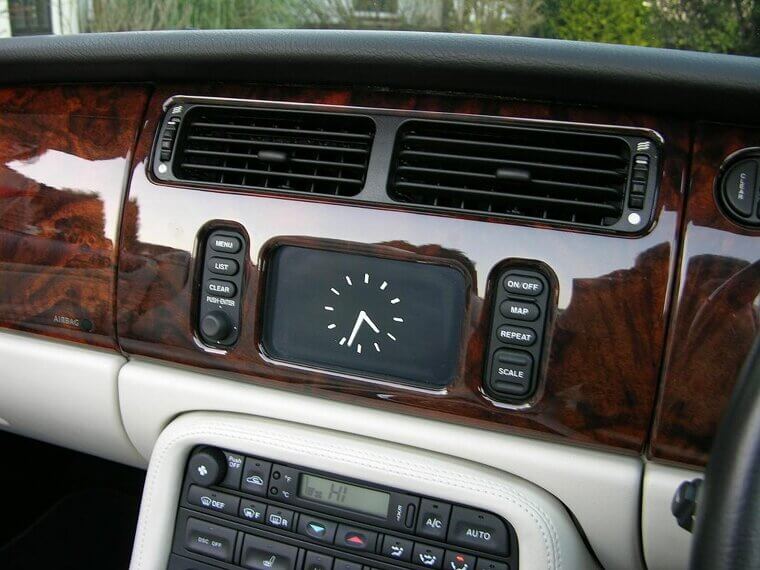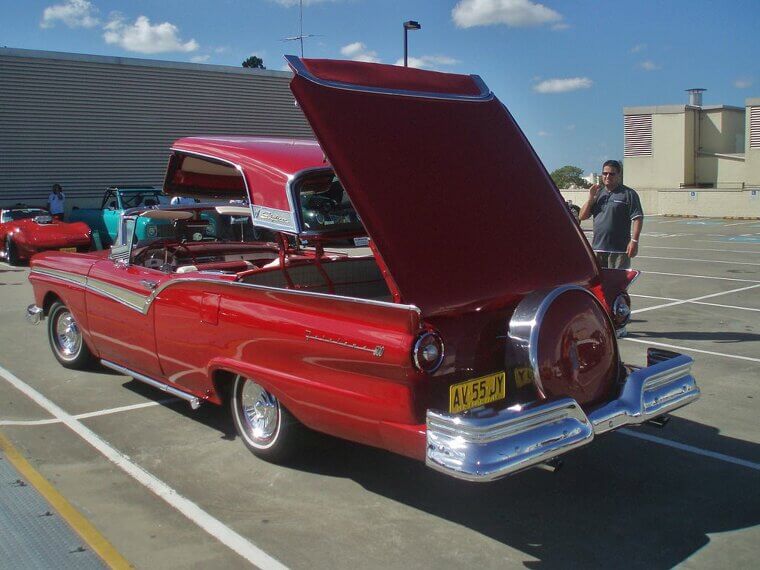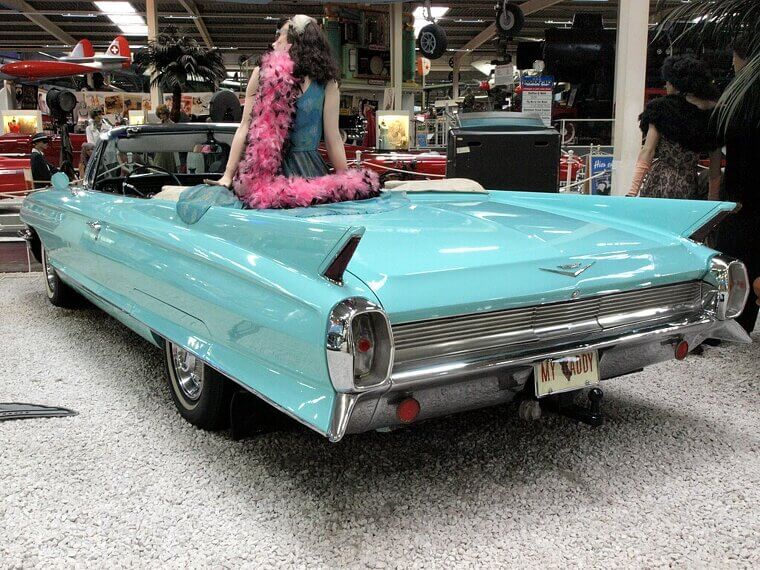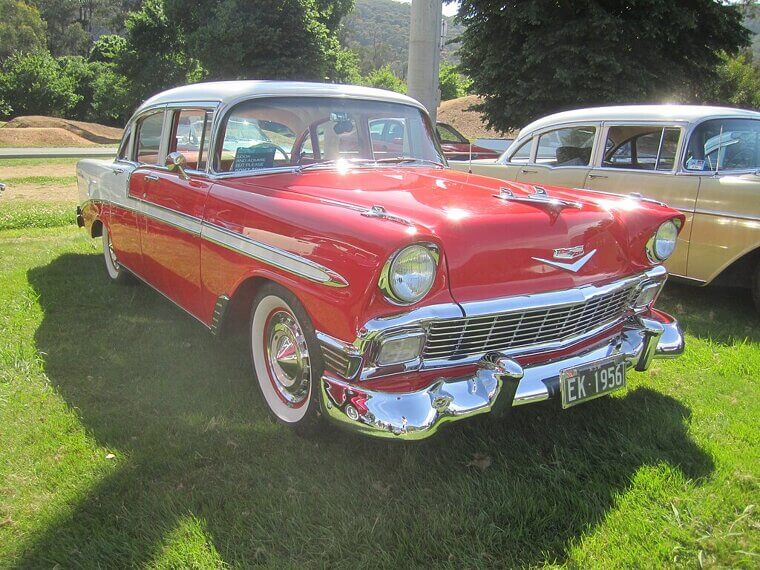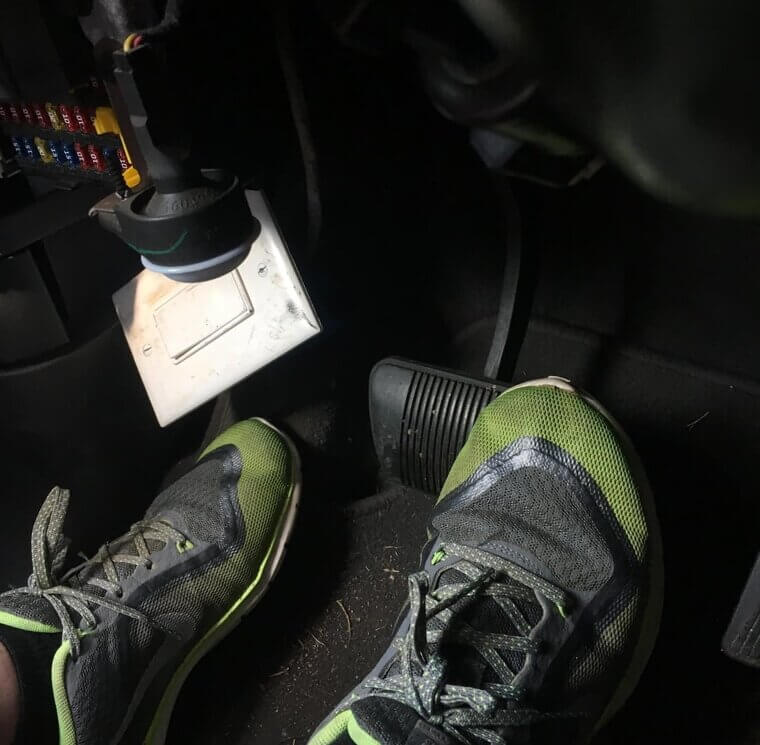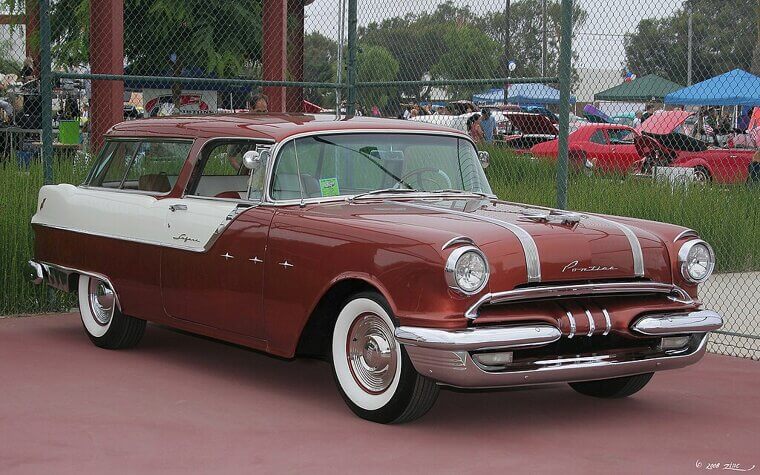Classic Oddballs
The world of classic cars gave us an equal share of beauties and oddballs, but even stunners could have their quirks. These features are either genius or madness, and sometimes it’s hard to tell which.
Swiveling Seats
Mid-’70s luxury cars such as the Chrysler Cordoba had front seats that swiveled outwards the front door to afford a more graceful exit! Whether they were manually lever-powered, spring-powered or electric assist, they were all marketed as safety features for women in long attire.
Built-In Record Players
You heard right - Chrysler and RCA collaborated on a record system built into cars specifically designed for road trips, but they overlooked how badly records fair on bumpy roads. It didn’t help that the vinyls weren’t casual listening - they were classical, children’s stories or spoken-word comedy!
Cyclops Eye
Back in late ’40s, safety-obsessed vehicular genius Preston Tucker designed the Tucker 48, which pioneered the third headlamp - or Cyclops Eye - that turned with the steering wheel to increase night driving visibility. It’s one of the first shots at adaptive headlights, and lightyears ahead of its time.
Swing-Away Steering Wheel
The 1961-1963 Ford Thunderbird had a magic trick: the steering wheel swung away from the driver for an elegant exit. It would only do so when the car was in “park,” so safety was considered, too! It was also pretty complicated, and airbags ultimately took its place.
Under-Seat Heaters
Vintage cars such as the 1937 Buick had early warmth systems that would use the heat from your engine and use it to keep drivers toasty. It’s a nice idea, but there was no control (it was either on or off) and malfunctions tended to roast ankles and footwear.
“Teasmade” Machines
With endearing disregard for stereotypes, some British cars in the ’60s and ’70s came with “Teasmades,” a clock/kettle combo for brewing tea on the go. Boiling water in a moving vehicle was not the safest choice so it was scrapped (though 2011 Nissans tried a safer, modern application).
Bench Seat Speedometers
Because everything had to feel spaceage in the 1950s and 60s, the Chrysler Imperial and friends ditched circular speed dials for a horizontal dash bar that changed color as you increased speed. It looked super cool but was also impractical and inaccurate
Foot-Shaped Gas Pedal
High-beam dimmer switch dealer add-ons from the 1950s Oldsmobile kickstarted a trend of featuring cartoon foot-shaped pedals (toes and all) in later models. They were mostly found in custom hot rods and the like, and rarer examples even had light-up LED toenails.
Built-In Makeup Kits
In ye old days marketing was heavily gendered, and vintage cars for no exception. Take the 1955 Dodge La Femme, for example - it had a white and lilac paint scheme with matching accessories, including lipstick holder, compact mirror, purse, umbrella and… cape. Yes, a cape.
Push-Button Transmission
“Why use a practical gear shifter when you could feel like a sci fi cockpit hero and push a button instead?” thought 1950s car manufacturers. Well, it turns out there are lots of reasons, the biggest of which is that lettered buttons are much more confusing!
In-Car Mini Bars
Chrysler Imperials and Rolls-Royce Silver Wraiths came with liquor cabinets actually built into the vehicle, complete with decanters and glasses. They weren’t for the driver, but the passengers lording it up in the back seats, should you want to step into the role of chauffeur.
Recording Microphones
Before the rise of smartphones, the exec on the go had to record their memos somehow, and where else would that be apart from the dash-mounted mic and cassette recorder built into their vehicles? Interesting in theory, but they picked up traffic noises, too.
Dashboard-Mounted Clocks
From the jewel-studded Swiss watches of Rolls-Royce to the massive brass clocks of Jaguar and Packard, vehicles in the mid-20th century loved to show off their craftsmanship with massive timepieces that stopped working in short order or needed a dash removal to wind.
Retractable Hardtops (with Vacuum Systems)
Before modern convertibles, the 1957 Ford Fairlane Skyliner had a vacuum system that retracted its roof into the trunk at touch of a button. Sure, it took three minutes and one broken component meant the whole system broke, but when it worked it was like magic.
Rear-Facing Third-Row Seats
Backwards-facing third-row passenger seats weren’t an uncommon sight in the period spanning the ’60s to the ’90s - the Oldsmobile Vista Cruiser had them, for example. It added more space using limited vehicle length, raised motion sickness into the stratosphere.
Speed-Sensitive Power Steering
In the 1960s Cadillac spearheaded the “Variable Assist,” which altered power steering depending on driver speed. It was ahead of its time and didn’t get any appreciation until other brands did it in the ’80s and ’90s, but in the beginning it was pressure tricks rather than computers handling the dynamics.
Hidden Gas Caps Behind Taillights
Who needs a gas cap on a fender when you can pretend they’re state secrets and hide them behind taillights like James Bond? Probably most famous on the 1956–57 Chevrolet Bel Air, it was both a security feature and an aesthetic choice.
Cigarette Vending Machines
There were custom VIP limos and show cars that doubled up as vending machines, complete with cigarette dispensers in the back seat. Combined with cigarette lighters and ashtrays for every seat, it was supposed to be classy in its day.
Floor-Mounted Dimmer Switches
In the disturbingly long time period of the 1930s to the 1980s, many U.S. cars had a round metal button you tapped with your foot to dim your headlights. Manual drivers found it more intuitive, but as automatics became the norm these things faded from existence.
Dashboard-Mounted Gunsights
Made famous by the 1955–57 Pontiac Star Chief, muscle cars were all about aggression and machismo, and nothing says that more than a dash- or hood-mounted sight made to emulate fighter jets. They didn’t function (thankfully) but some even lit up for added cool points.

